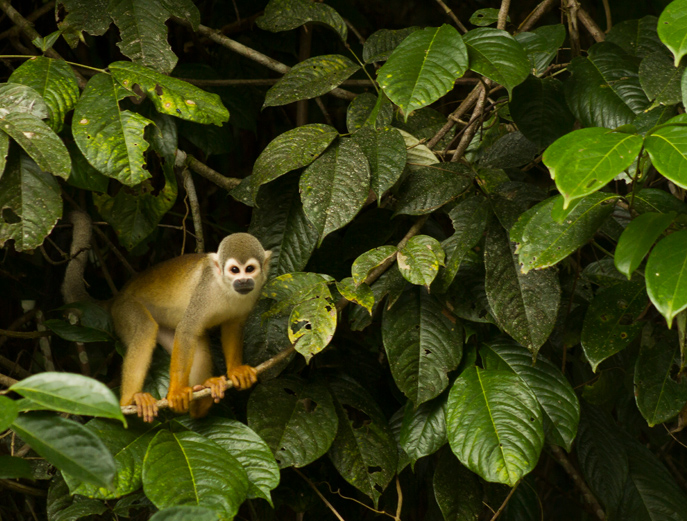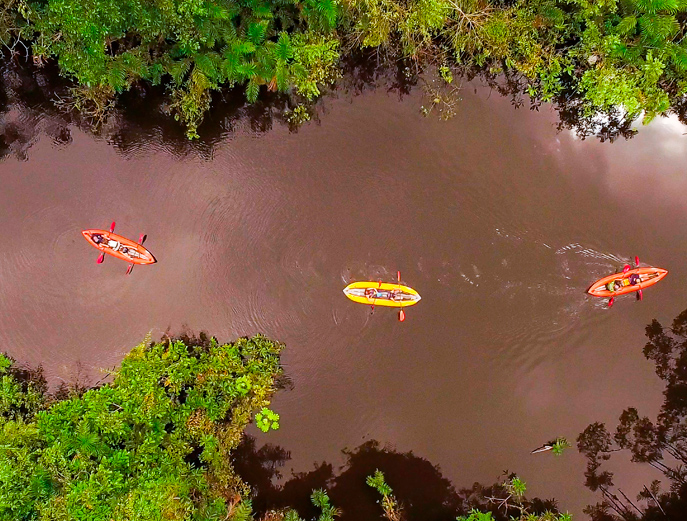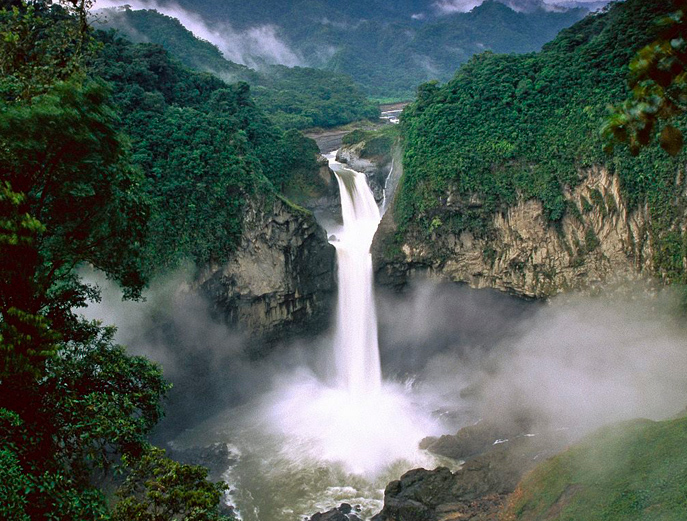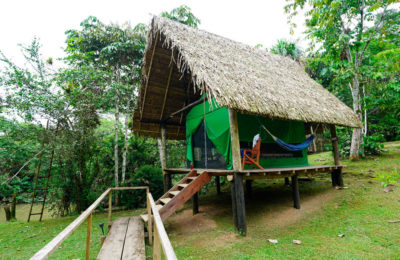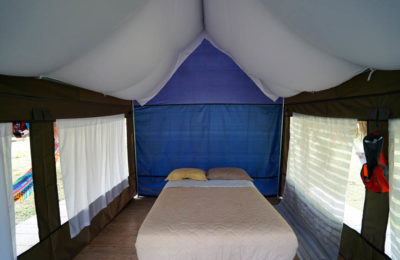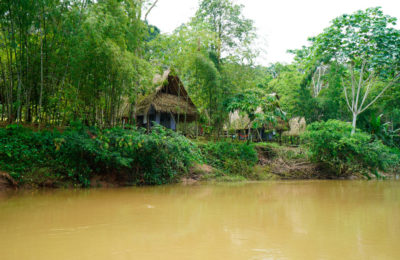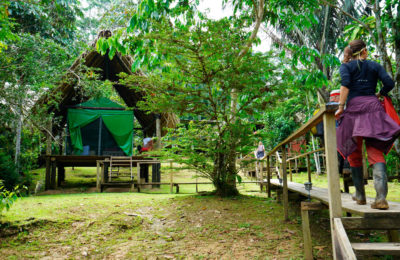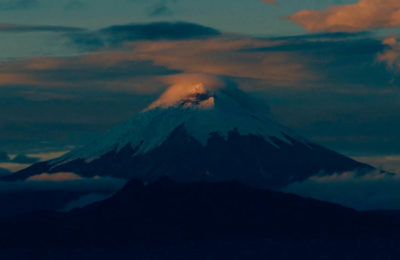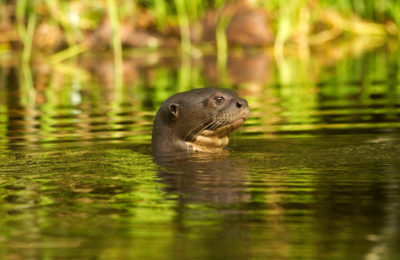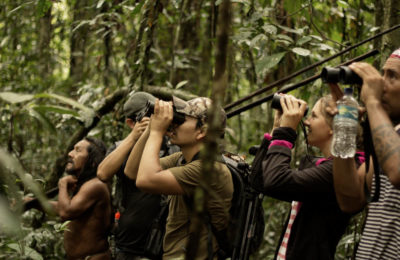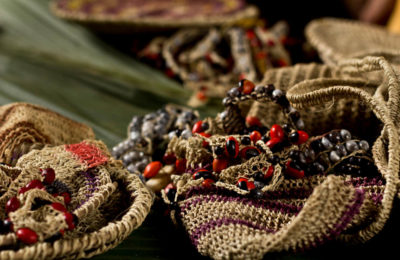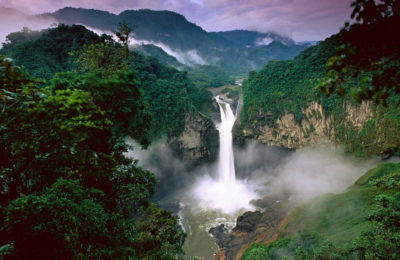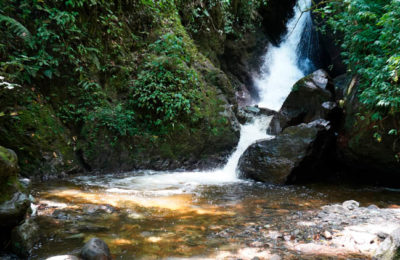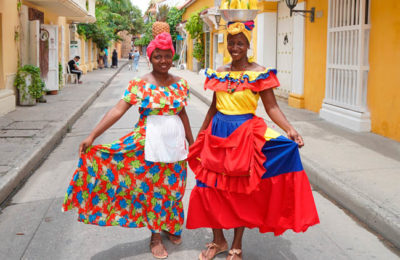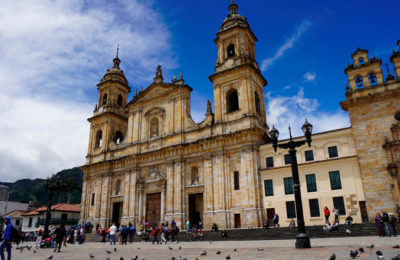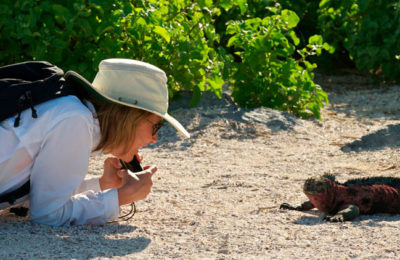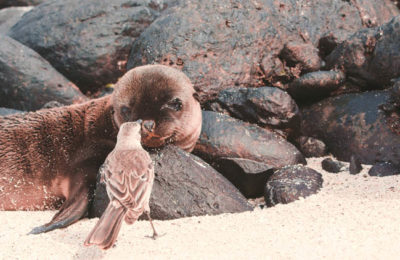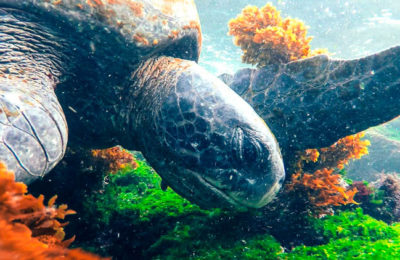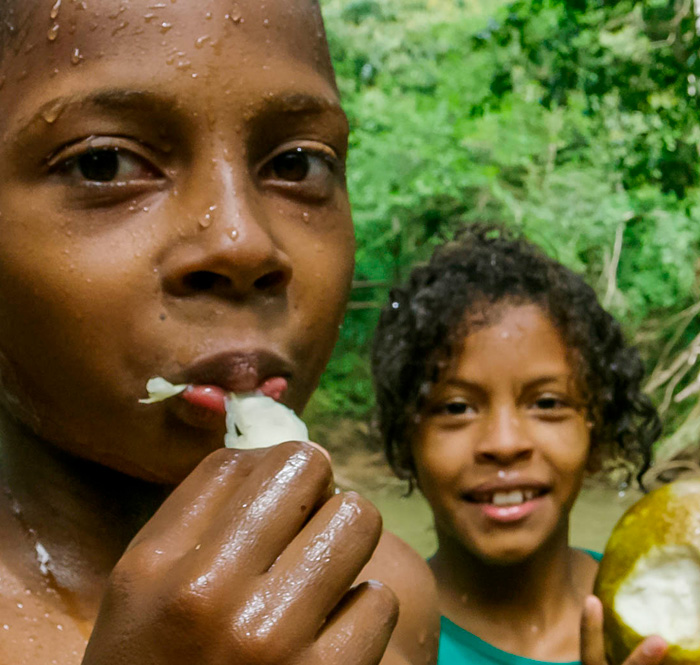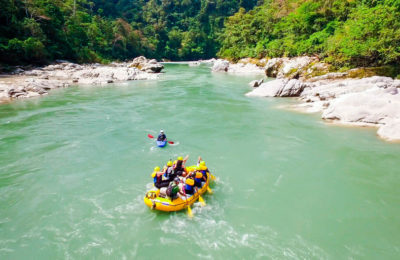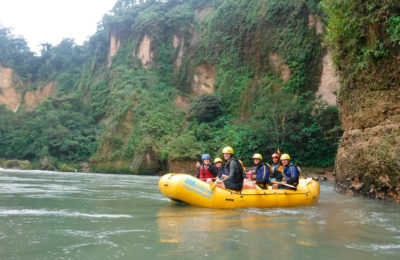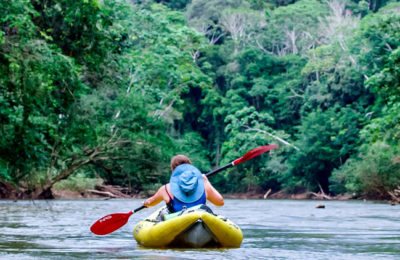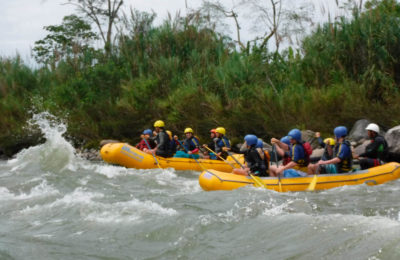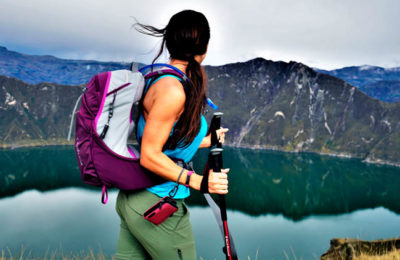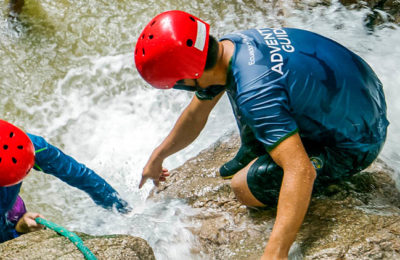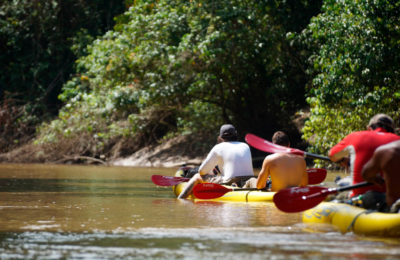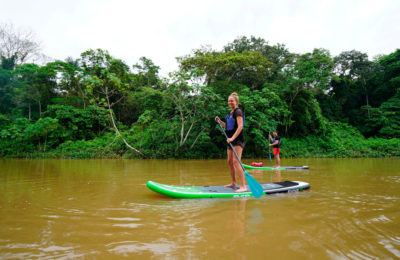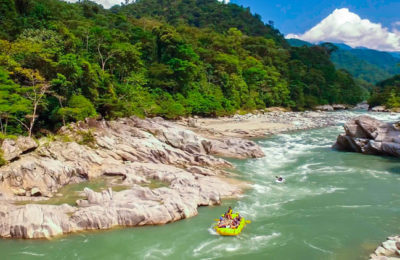YASUNI NATIONAL PARK
(one of the most diverse on the planet!)
According to scientific studies, Yasuní National Park area morphed into this wonderful, diverse wildlife refuge due to the climate and geographical history of the region. These changes caused the species to divide and converge multiple times to create the plurality of variations around today. Yasuni National Park is the home of 150 species of amphibians, 121 reptile species, 382 known fish species, 596 species of birds, 300 mammal species, 117 bat species, and over 100,000 insect species. In 1989 Yasuní National Park was made a World Biosphere Reserve as part of UNESCO’s Man and the Biosphere (MAB) Program. Wildlife in Yasuni National Park includes jaguars, caimans, toucans, macaws, monkeys, turtles, marmosets, and many, many more.
community
The community of Mandari Panga began in 1980 when a group of families decided to move and settle on the left bank of the Tiputini river, just outside of the boundaries of what is now the Yasuni National Park, which was officially formed in 1989. All of the founders initially formed an association to administer their territory as common lands. The community of Mandari Panga, named for a native plant with leaves that extend across the ground, is the original settlement that still manages its lands communally. The community is administered by a General Assembly, the highest authority to deal with issues of commune organization, development, improvements (construction and improvement of the communal house, communal dining room, education, mingas of cleaning of the neighborhood roads and Sports fields) and project management. All actions and decisions are approved by the general assembly. TREE PLANTING: This project is meant to contribute directly to the Mandari Panga community. We have created a reforestation project in part of the territory that was originally farmed. Now the community has dedicated itself to protecting, preserving and maintaining a part of the pristine forest reserve as a way of contributing with future generations and with the rich diversity of the national park. All visitors have the opportunity to visit the community and learn about the rich culture of the local people and their traditions. There will be a short walking tour to learn about the local farming and special plants utilized here. Following this, we will head to the community reserve to plant a tree provided by the locals. The trees we will use are native from the rainforest and can tower the canopy to reach an age of over 400 to 500 years old when they are mature. This will allow the precious flora and fauna to come back and thrive in this forest once again. We hope to achieve more reserves based in the education of conservation to protect this heritage for future generations to come.

